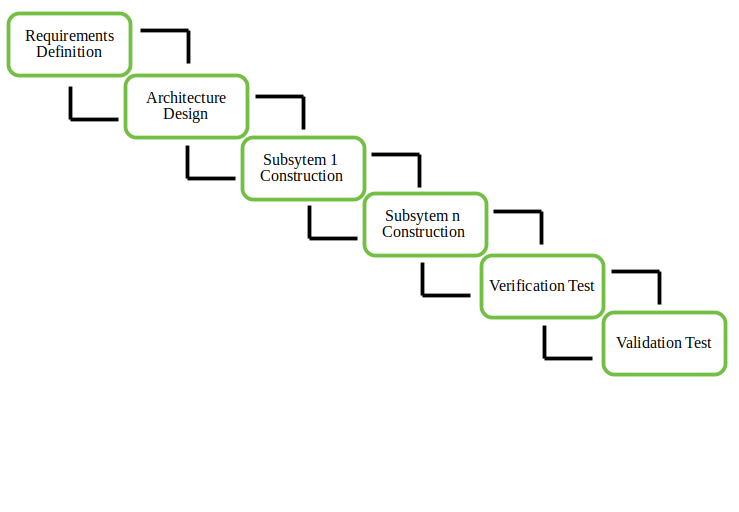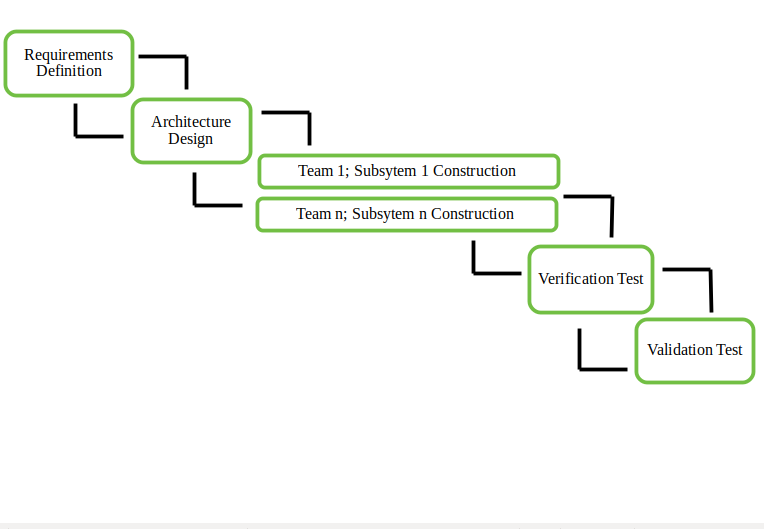Incremental Process Model – Software Engineering
Last Updated :
15 Mar, 2024
The Incremental Process Model is also known as the Successive version model. This article focuses on discussing the Incremental Process Model in detail.
What is the Incremental Process Model?
First, a simple working system implementing only a few basic features is built and then that is delivered to the customer. Then thereafter many successive iterations/ versions are implemented and delivered to the customer until the desired system is released.

A, B, and C are modules of Software Products that are incrementally developed and delivered.
Phases of incremental model
Requirements of Software are first broken down into several modules that can be incrementally constructed and delivered.

Phases of incremental model
- Requirement analysis: In Requirement Analysis At any time, the plan is made just for the next increment and not for any kind of long-term plan. Therefore, it is easier to modify the version as per the needs of the customer.
- Design & Development: At any time, the plan is made just for the next increment and not for any kind of long-term plan. Therefore, it is easier to modify the version as per the needs of the customer. The Development Team first undertakes to develop core features (these do not need services from other features) of the system. Once the core features are fully developed, then these are refined to increase levels of capabilities by adding new functions in Successive versions. Each incremental version is usually developed using an iterative waterfall model of development.
- Deployment and Testing: After Requirements gathering and specification, requirements are then split into several different versions starting with version 1, in each successive increment, the next version is constructed and then deployed at the customer site. in development and Testing the product is checked and tested for the actual process of the model.
- Implementation: In implementation After the last version (version n), it is now deployed at the client site.
Requirement Process Model

Requirement Process Model
Types of Incremental Model
- Staged Delivery Model
- Parallel Development Model
1. Staged Delivery Model
Construction of only one part of the project at a time.

Staged Delivery Model
2. Parallel Development Model
Different subsystems are developed at the same time. It can decrease the calendar time needed for the development, i.e. TTM (Time to Market) if enough resources are available.

Parallel Development Model
When to use the Incremental Process Model
- Funding Schedule, Risk, Program Complexity, or need for early realization of benefits.
- When Requirements are known up-front.
- When Projects have lengthy development schedules.
- Projects with new Technology.
- Error Reduction (core modules are used by the customer from the beginning of the phase and then these are tested thoroughly).
- Uses divide and conquer for a breakdown of tasks.
- Lowers initial delivery cost.
- Incremental Resource Deployment.
- Requires good planning and design.
- The total cost is not lower.
- Well-defined module interfaces are required.
Characteristics of Incremental Process Model
- System development is divided into several smaller projects.
- To create a final complete system, partial systems are constructed one after the other.
- Priority requirements are addressed first.
- The requirements for that increment are frozen once they are created.
Advantages of the Incremental Process Model
- Prepares the software fast.
- Clients have a clear idea of the project.
- Changes are easy to implement.
- Provides risk handling support, because of its iterations.
- Adjusting the criteria and scope is flexible and less costly.
- Comparing this model to others, it is less expensive.
- The identification of errors is simple.
Disadvantages of the Incremental Process Model
- A good team and proper planned execution are required.
- Because of its continuous iterations the cost increases.
- Issues may arise from the system design if all needs are not gathered upfront throughout the program lifecycle.
- Every iteration step is distinct and does not flow into the next.
- It takes a lot of time and effort to fix an issue in one unit if it needs to be corrected in all the units.
Share your thoughts in the comments
Please Login to comment...